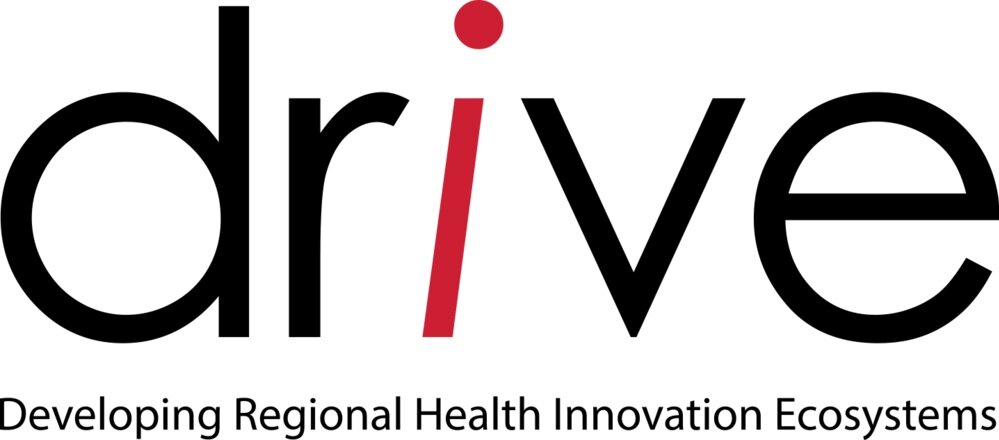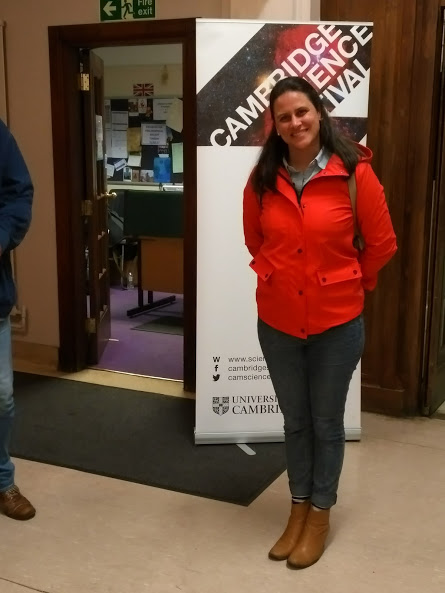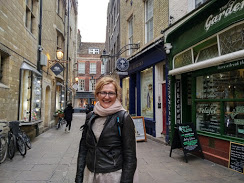Regional innovation ecosystems...
encompass a set of interdependent factors working together that allow innovation (and its corollary entrepreneurial activity) to occur in a sustained way in a region. These ecosystems, much the same as their ecological equivalents, follow a lifecycle model of development. This week DRiVE team members Josephine McMurray and Katherina Kuschel are in Cambridge, in the UK, gathering data in preparation for a global survey that will attempt to build a model to explain innovation ecosystem development in the health and ageing sectors.
A narrow street in Cambridge
Cambridge, situated in the eastern region of the United Kingdom in Cambridgeshire, was considered something of a rural backwater in the 50’s but grew a manufacturing base as firms left the increasingly congested London in search of a cheaper and non-unionised labour base. In 2017, it is known as one of Europe’s fasting growing entrepreneurial ecosystems. You can’t help but notice, as you drive into the city, the horizon is dotted with construction cranes. With what is reported to be some of the fastest rising real estate prices in the UK, many note high demand for residential property but also waiting lists for commercial real estate, science parks and incubators. And despite having one of the highest rates of cycling in the country, road congestion and lack of parking now slows movement around the city. Cambridge’s success in attracting industry and driving start-ups and small business growth, is now challenging the very geography that has contributed to its success.
So other than its location, what other ‘push’ factors have driven the innovation agenda? One needn’t look far beyond the ubiquitous presence of the renowned Cambridge University which ranks in the top three universities in the world for Nobel Laureates. Established in 1208, the university has been the research engine behind what is known as the Cambridge Phenomenon that refers to the large and growing number of high technology firms that have been established in and around the town since the early 1980’s. Our data gathering is offering a rare look inside a mature innovation ecosystem that has a rich, and lengthy history of novel research and award-winning discoveries in technology, the biologic, life and health sciences.
Babraham Research Campus
Our visit to the famed Babraham Institute and Research Park and meetings with both Derek Jones and Michael Wakelam reflects Cambridge University’s approach of allowing ‘100 flowers to blossom’. There the federation of colleges supports independence of thought for the faculties as well as their faculty members. A virtuous cycle of hiring the best, allowing them to succeed, then using their reputation to hire quality faculty, students and post docs, has driven the innovation agenda.
Now we turn our attention to questions such as, what spillovers from this world-class research and innovative discoveries have on the local population with respect to health and ageing? If the reason for investing millions of public and private funding into research in this region is the improvement of the health and quality of life of its residents, how is that working out? And if not yet, how long does it take for these outcomes to be achieved? We’ll keep you posted.






